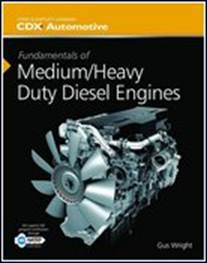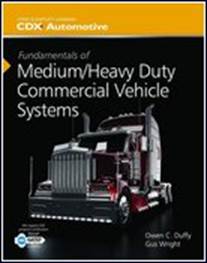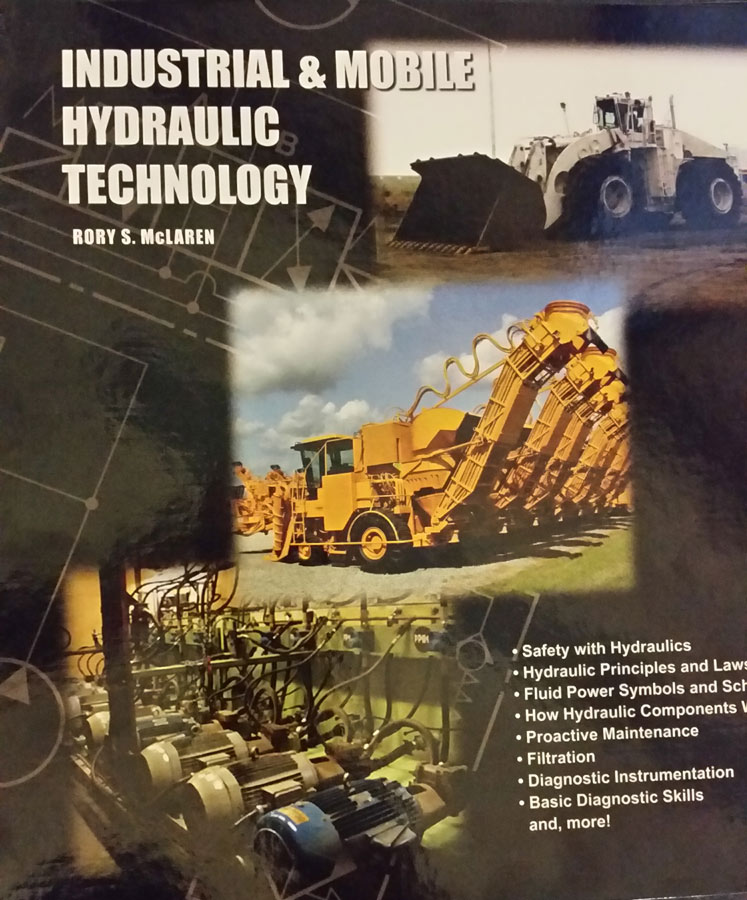Required eBooks:
Contact Campus Bookstore
ext. 2221


ISBN: See your course instructor
*All students are required to have the correct e-books.*
Online access of the e books, Power points, study materials, Flash cards, Multi media consisting of videos, color images, Animations, Audio chapters so that you can listen to them.
These books are used for the following classes:
1. DMT 100 – Introduction to Diesel Mechanics
2. DMT 105 – Heavy-Duty Diesel Tune-Up/Analysis
3. DMT 110 – Heavy-Duty Electricity
4. DMT 120 – Air Brake Systems
5. DMT 125 – Truck Transmission and Drive Lines
6. DMT 200 – Diesel Engine Rebuilding I
7. DMT 201 – Diesel Engine Rebuilding II
DMT-135 Basic Hydraulics Required Training Material
*All students are required to have the correct textbook as per the description below, by the end of the first week of class*
Contact Campus Bookstore
Not an e-book
HC-R008-102
E-Books Will Include:
CDX Medium/Heavy Vehicle Online, 2014 NATEF Edition
You can deliver a customized, engaging learning experience that covers exactly what your students need to know with CDX Medium/Heavy Vehicle Online. CDX Medium/Heavy Vehicle Online, 2014 NATEF Edition includes current, concise content based on the latest medium and heavy vehicle training standards and features:
- An integrated Fundamentals of Medium/Heavy Duty Commercial Vehicle Systems ebook and audio book
- A media gallery that makes it easy to access all videos, animations, images, skill drills, and other assets in one area
- Skill Drill presentations that provide written step-by-step explanations and visual summaries of important skills and procedures
- Over 300 theoretical and procedural videos designed to explain important concepts and demonstrate proper task completion
- Over 100 interactive animations that allow students to observe the inner workings of the components and systems while they are operating; disassemble the component assemblies to see how they are constructed; and see how systems react when there are faults present.


